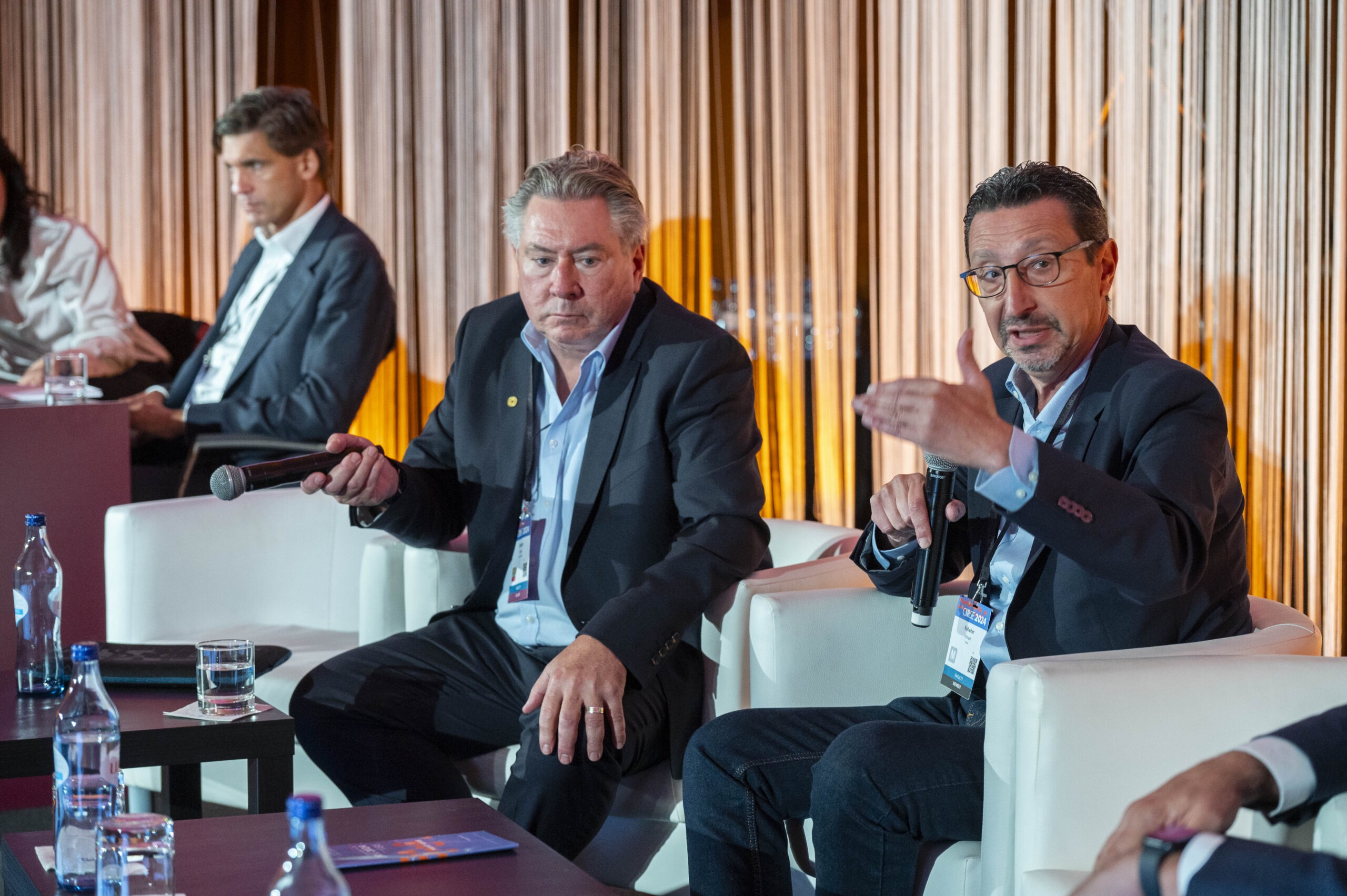CIRSE Insider: What are the main foci of this year’s symposium?
Kobeiter: The 2025 symposium will focus on how we can push the current boundaries of endovascular aortic repair. We’ll look closely at the full spectrum of aortic disease—covering different aortic segments, from the arch and thoracoabdominal aorta to the infrarenal region. We are especially interested in exploring how to approach challenging anatomies and emergent pathologies with endovascular solutions. We aim to critically evaluate where we are today, and where we could realistically go next in terms of device design, procedural planning, and treatment algorithms.
CIRSE Insider: Where do you see the hot topics of aortic interventions right now and how will they be addressed at this year’s symposium?
Kobeiter: There are several areas generating strong interest right now. One of the hottest topics is the endovascular treatment of the ascending aorta and the aortic arch. These zones have traditionally been surgical domains, but new developments – both in technology and technique – are beginning to shift that paradigm. IDEAS 2025 will address this head-on with sessions that present innovative approaches, early clinical experiences, and trial results. Acute aortic syndromes like ruptures or dissections, and how to manage them endovascularly in high-risk patients, will also feature prominently. In addition, we’ll cover the implications of long-term durability in complex anatomies, which is critical for expanding indications while maintaining patient safety.
CIRSE Insider: Are there any game-changing techniques or trials being presented this year?
Kobeiter: Yes, absolutely. This year’s program features several cutting-edge technologies and clinical trials that could reshape our approach to aortic repair. We’ll be looking at new generations of branched and fenestrated stent grafts, as well as physician-modified devices being used to overcome anatomical limitations. These techniques are becoming increasingly relevant as we move toward personalized endovascular solutions. There will also be presentations on registry data and prospective studies that offer insight into long-term outcomes and complication management, which are essential for building confidence in newer methods
CIRSE Insider: IDEAS has always had a strong multidisciplinary focus. How do you plan to keep this collaborative spirit going?
Kobeiter: Multidisciplinarity is the backbone of IDEAS. Since the beginning, the program has been designed to bring together interventional radiologists, vascular surgeons, and other aortic specialists. This year, we’ve again built a program where these groups are equally represented, not only as speakers but also as moderators. We’ve ensured that each session encourages debate and knowledge exchange, particularly in the form of case-based discussions and panel debates. By fostering this environment, we make sure that our attendees hear a range of perspectives and learn from real-world experience across disciplines.
CIRSE Insider: What do you see as the biggest unmet needs in aortic interventions and how can IDEAS contribute to this area?
Kobeiter: One of the biggest unmet needs is the dissemination of practical, experience-based knowledge on newer technologies and techniques. Many of the most exciting innovations, especially physician-initiated ones, aren’t yet widely known or accessible. IDEAS is uniquely positioned to bridge this gap. We bring together clinicians, researchers, and industry innovators to share their latest findings and practical insights. Through dedicated sessions and expert-led discussions, IDEAS can contribute to building that knowledge and fostering best practices.
CIRSE Insider: Which sessions of IDEAS 2025 would you recommend to interventionists who are not yet experienced in aortic interventions?
Kobeiter: For those just starting out in aortic work or looking to expand their knowledge, I would highly recommend attending the session on “Unsolved issues in standard EVAR.” It offers a deep dive into the day-to-day challenges of infrarenal aneurysm repair, with practical tips on improving outcomes and avoiding common pitfalls. The two case-based discussion sessions will also be extremely valuable. They are designed to walk through real-world complications and difficult decisions, helping attendees understand how experienced operators approach these situations.

